While I was in Colombia, I did a four-day adventure hike to the Lost City. Nestled deep in the jungle of Colombia’s mountains, the archaeological site also known as Teyuna can only be accessed on foot.
The Lost City Trek is one of Colombia’s most popular tourist attractions, an appealing mix of cultural significance, physical challenge, and natural beauty. I made sure to prioritize it during my visit to the country.
Here’s my guide to the expedition: what to expect, how to prepare, and some reflections on my experience.
In This Post
- Preparing for the Lost City Trek
- The Trail
- The Lost City
- Camp Life & Meals
- Conditions
- Animals
- What to Pack (and What Not to Pack)
- The Tayrona Civilization and Its Descendants
- Reflections on a Society in Turmoil
- Reflections on Adventure Travel with a Group
- Conclusion
Preparing for the Lost City Trek
The Lost City is in the Sierra Nevada de Santa Marta mountains, on protected Indigenous land which is actively used by those communities today. You are only allowed to visit with a licensed tour company, all of whom run very similar itineraries and have an agreement to charge the same price (1,400,000 Colombian pesos as of 2022, roughly $450 Canadian dollars).
I did my trek with Expotur, the oldest tour company organizing trips to the Lost City. Tours depart daily, and they generally try to scale up to meet demand. You may also consider a smaller outfitter owned and operated by Indigenous guides, but beware that you might get stuck with a small group – we met one guy who was the only person on his tour!
The hike is hardly a walk in the park by any means, but it is designed to be accessible for able-bodied tourists. You’ll need to have a baseline level of fitness before undertaking the trek, but there isn’t any technical skill required.

Pack accordingly but minimally – you’ll want to bring as little as necessary, as you carry your kit through the jungle. (See below for a detailed packing list.)
You’ll also have to arrange to leave the rest of your “city” travel gear in Santa Marta. Many accommodations and tour organizers will be able to hold it securely for you, including the AC Hotel Santa Marta where I stayed, or Expotur themselves. (I’d recommend the latter if your onward journey after the hike takes you away from Santa Marta, as your bags will meet you at the trailhead when you finish.)
The yellow fever vaccine is recommended, but not mandatory, to visit the coastal jungles of the Lost City Trek. You can get it for free at a clinic at Bogotá’s El Dorado International Airport, on the landside departures concourse.
The Trail
The Lost City Trek starts in the city of Santa Marta. Expotur picked me up from my hotel bright and early before convening at their office located in the centre of town, where we took care of the final administrative details before setting off.
Our group consisted of 11 travellers, plus a guide and a translator. We were a broad mix: husband-wife, father-daughter, North Americans, Europeans, even a Colombian on a domestic holiday.
To get to the trailhead, we rode by bus an hour east on the highway, then an hour inland on dirt roads into the mountains. The vehicle journey ends at the town of Mamey, where we did a final orientation and ate lunch before beginning the hike.
The four-day journey on foot is an out-and-back on the same route, consisting of two half-days and two full-days of hiking. Here’s a rough breakdown of what to expect:
- Day 1 afternoon: 8 kilometres, 550 metres of ascent
- Day 2 morning: 7 kilometres of rolling terrain
- Day 2 afternoon: 9 kilometres, 500 metres of ascent
- Day 3 morning: short hike with 400 metres of ascent and descent to and from the Lost City
- Day 3 afternoon: 7 kilometres of mostly descent
- Day 4 morning: 15 kilometres of mostly descent but with two summits

(Some tour groups offer an alternate itinerary with a fifth day, which is an extension of the return journey with some extra time spent interacting with the locals. I got the sense, both from my experience and from others’ opinions, that the extra day is unnecessary.)
The terrain is varied, but well-maintained. Workers and residents in the area use the same trails for their daily activities.
The route begins with a mostly uphill hike along a dirt road. This part is quite open, a double-edged sword of being exposed to both sun and rain, while affording sweeping views of the lush valleys and mountain ranges.


Local Colombian farmers use motorcycles on this part of the route. On the cusp of the rainy season, the road was very muddy and quite slippery on the occasional downhill slopes.

Beginning on the second day, the trail narrows as it enters the jungle. From here on out, we shared the route with Indigenous tribes native to the area, and the mules that they use to transport goods.

The trail weaves in and out of dense jungle, crossing a few streams.

Along the way, there are a few communities of traditional huts where the locals still live today.


There are also shops throughout the trail, mostly at the crest of each ridge. Locals sell refreshments such as water, beer, and coffee, as well as souvenirs ranging from touristy t-shirts to traditional woven satchels. Our guides also used these checkpoints as apt occasions to provide snacks such as fresh fruit.

The Lost City
We got up bright and early on the third morning, with our go-getter guide keen to have us beat the crowds so we could get unspoiled photographs.
Shortly after hitting the trail, we encountered a river crossing with a fun zipline which had only been installed a few months ago.

The final push is a 30–60-minute hike up 1,200 steep rocky steps. (What ancient ruin is complete without an arduous home stretch that leaves you on your hands and knees in submission to the gods upon your arrival?)

At the end of the hike, the Lost City sprawls across a terraced ridge, with marvellous jungle views in every direction.

The most picturesque views are from the top, the farthest point from the entrance.

Once the political, industrial, and residential centre of the Tayrona civilization’s communities living in the Sierra Nevada mountains, excavation of the expansive site continues today. Its telltale circles have been restored to delineate where over 200 homes and other wooden structures used to stand.

Often compared to Machu Picchu, the Lost City is hundreds of years older despite being commercialized more recently. While lacking the same visual grandeur, the ruins and the surrounding landscapes are striking in their own distinct way.

Camp Life & Meals
The Lost City route has a handful of camps situated at convenient locations. Each camp has sleeping accommodations, a kitchen and dining room, power, and toilets with running water.

The camps are managed separately and shared by the various tour outfitters passing through each day. Our itinerary with Expotur put us at the following camps:
- Campamento Alfredo for our first night
- Campamento Paraiso (at the foot of the Lost City) for our second night
- Campamento Mumake for our third night, and lunch on the second day
Our group slept in bunk beds with mosquito nets every night. Some groups may be assigned to hammocks or tents, which appeared to be far less preferable.

There were also cold showers to rinse the sweat off, a huge difference-maker after hiking uphill in the humid climate and before changing into clean evening wear.
All of our meals (and just enough snacks) were provided and prepared for us at camp, plus lunch at the trailhead on the first and last day. We had a chef assigned to our group, who hiked ahead of us for meal prep and behind us after clean-up.
Meals were a well-balanced mix of chicken, fish, and beef dishes, nutritious and substantial enough to fuel our energy needs for the hike. We had a number of vegetarians in our group, all of whom were impressed with the quality and variety of protein-packed alternatives that were served.
The camps are stocked with amenities for purchase, such as toilet paper and beer. Limited charging stations are available, and there is Wi-Fi for purchase – although I didn’t make use of either, nor do I think they’re necessary. In any event, I wouldn’t count on any civilized conveniences, as there are occasional power outages if the generators go down.
Additionally, our camps for the second and third nights were situated on stretches of the Buritaca River that were very inviting for a refreshing pre-dinner swim.

Overall, our eating and sleeping setup was rustic while still being significantly more comfortable than I’m used to in the great outdoors.

Conditions
Our long days in the jungle aligned with daylight hours. Each morning on the trail, we woke up at 5am, ready to seize a full day of hiking. After breakfast and coffee, we were on the move by 6am every day. We typically arrived at the next camp before 5pm, with enough daylight to freshen up and relax before dinner. In the evenings, very few of us had the energy to stay up past 9pm.
Whether due to rain or sweat, expect that everything will get wet. At each camp, we rinsed our sweaty hiking attire, and hung them on clotheslines to air dry. In the humid climate, don’t expect anything to dry properly overnight, and be prepared to wear damp clothes the next day.
We were lucky that the weather gradually improved over the course of our four days. We arrived to moody clouds and intermittent showers for our uphill hike into the jungle, reached the Lost City under pristine blue skies, and had downhill slopes on the return to temper the effects of the scalding tropical sun.



Animals
There are a good number of animals on the trail, both domesticated and wild. The local residents use livestock such as mules, chickens, and pigs, the latter of which had just had an adorable litter.

Colombia is home to the largest number of species of birds in the world. Around the Lost City, we spotted a few small and extremely colourful ones fluttering around – they look, sound, and move in a distinctly tropical manner.

There are also a ton of frogs inhabiting the area near one of our camps. We saw a few, but the crepuscular creatures were most noticeable by their constant chorus of croaking as we went to bed. Frogs are a symbol of fertility in the Tayrona belief system; I wasn’t aware of any increased human activity in that regard on the particular night we stayed at the frog-filled camp.
Much to our disappointment, we didn’t encounter any jaguars. Instead, there were a few very playful cats at the Lost City. (Well-cared-for semi-stray cats and dogs were quite common throughout Colombia.)

What to Pack (and What Not to Pack)
I have a tendency to overpack and overprepare, and I’m not afraid to carry a couple extra pounds of gear for peace of mind. I found a 24-litre backpack was perfect: it forced me to make judicious cuts, without leaving me wanting for anything. It was light enough to carry comfortably, although you can certainly pare down further if weight is a concern.
Here are my recommendations for what to bring, and what to leave behind. This is based on my experience; your needs may vary depending on season, tour outfitter, or personal preference.
Do bring:
- Outdoor backpack. You can get by with a city backpack, but expect it to get very dirty. I was glad to have something comfortable and well-supported for mountainous hiking.
- Plastic garbage bags for separating your wet and dirty clothes from your dry and clean clothes.
- Hiking boots. Proper ankle-supporting, well-broken in, well-fitted footwear will save you from blisters on steep, slippery terrain with a heavy pack. Running shoes may not quite cut it. Waterproof boots are ideal for muddy patches and stream crossings.
- Hiking shirts. Quick-drying and moisture-wicking material, such as polyester or wool, is critical – and even then, don’t expect your clothes to dry overnight. I’d recommend two shirts so you can alternate daily. I brought t-shirts; loose-fitting button-ups would be suitable as well.
- Hiking shorts. Same idea – something athletic. You don’t need long pants while you’re exerting. I got by with one pair of shorts.
- Synthetic underwear. I brought one per day – ultra-lightweight packing is a nice idea, but I’m not a barbarian!
- Extra socks. You absolutely don’t want to risk getting a blister from wet socks when you’re far from civilization in a tropical wilderness, with no way out but the power of your own two feet. For four days, I brought six pairs of comfortable hiking socks (wool/nylon blends or similar).
- Insect repellent. All of it. The mosquitos won’t want anything to do with the cocktail of sunscreen and sweat dripping off your skin, but you’ll definitely want bug spray for good measure, and certainly in the evening. I used it somewhat liberally and didn’t have any significant issues. I’d also recommend After Bite, which was helpful when my preventative measures failed.
- Sun protection. You’re at the equator, for crying out loud – apply sunscreen early and often. Parts of the route are sheltered in the jungle, but not all – in particular, the part of the trail closest to the trailhead, and the Lost City itself, are extremely exposed.
- Deodorant. Some people go without, but it’s nice to not feel like complete garbage all of the time.
- Evening layers. Long sleeves and pants are useful to minimize exposure to mosquitos. Also, nighttime temperatures are mild in the mountains even at the equator. I’d recommend one long-sleeve cotton shirt, one pair of pants (I brought synthetic hiking pants which doubled as backup daytime bottoms), and two pairs of cotton underwear for sleeping (alternating nightly).
- Flip-flops or lightweight slip-on sandals for hanging around camp. I had packed full-fledged water shoes suitable for rocky scrambles, which proved unnecessary for stream crossings and a bit of a nuisance for casual wear.
- Quick-drying camping towel for showering and swimming.
- Lightweight rain jacket, but don’t expect to use it much, if at all. Anything waterproof works both ways, and it’ll end up a sweaty mess inside while you’re hiking. Besides, I found an occasional light rain to be very welcome and refreshing. (To be fair, we got lucky that most of our rainfall was on uphill days.) Camps are quite well-covered, so you’ll stay dry in the evening. I didn’t use mine once, but it would be foolish not to bring one just in case.
- Rain cover for your backpack. I picked up a form-fitting one from MEC, designed for 20–30L bags. Some hikers go with a garbage bag, which amounts to a flapping superhero cape that does little for dryness. I much preferred having an outer dry shell rather than lining the inside of my backpack with waterproofing strategies. The rain cover was the one item I picked up on a whim that I was disproportionately thankful for.
- Refillable water bottle. You don’t need anything fancy: there’s purified water available at camp, or you can buy bottles along the way. I brought two one-litre bottles, but one would have been enough for the pace at which I drink, and for the frequency of water stations.
- Be sure you don’t drink untreated water! As a backup, I would bring a small chemical or ultraviolet purifying solution, or a bottle with a physical filtration system. A few hikers in another group got quite ill from drinking water directly from the river.
- Toothbrush. Just because you’re roughing it doesn’t mean your oral health is put on pause.
- Basic first aid kit. I brought some blister treatment items like bandages and moleskin, but otherwise you don’t need much – your guides will set you straight if you get an infection or injure a limb. For medication, I always hike with anti-diarrhea tablets (Pepto-Bismol), an anti-inflammatory for muscle swelling (ibuprofen/Advil), antihistamines for mosquito bites (Benadryl), and electrolytes for low energy. You may also consider bringing painkillers (acetaminophen/Tylenol).
- A camera, if you’ll use it. Half the time I found it easier just to take photos with my phone in my pocket, instead of getting my full kit out on the sweaty trail.
- A deck of cards, for social games around camp in the evening.
- A headlamp for after the camps shut off power at night.
- Money for purchasing amenities and souvenirs along the way.
Don’t bring:
- Sleeping bag liner. Some people recommend this for cleanliness; however, all of our accommodations with Expotur were beds with pillows, sheets, and duvets for adequate warmth and proper hygiene.
- Things you know you won’t use. For example, I’m not a big hat guy, and between sufficient tree cover and being sweaty all the time, I never once felt compelled to wear mine.
- A book. Odds are it’ll get wet, and you’ll either be too tired or chatty at the end of the day to read.
The Tayrona Civilization and Its Descendants
For thousands of years, the Tayrona people had built a thriving society in the jungles of northern Colombia. Their territory included the coastal area now known as Tayrona National Park, and the adjacent Sierra Nevada mountains where the Lost City is found.
Going by a handful of names today, Teyuna was the name used by the Tayrona people for their capital. The Lost City, or La Ciudad Perdida, are commercial names referring more accurately to the adventure trek.
The Lost City was never lost, so to speak. In fact, it was never found in the first place. Spanish conquistadors were never able to advance into the mountainous jungles. As a result, Teyuna was spared from European diseases for much longer than other parts of the Americas.
Ironically, it was the Indigenous people themselves who contracted these diseases on the conquered coasts, and accidentally spread them to their mountain-dwelling cousins.
Believing the city to be cursed, the locals abandoned Teyuna in the 1600s, retreating further into the mountains. But they never forgot about their traditional home.

It wasn’t until the 1970s when Colombian treasure hunters uncovered the Lost City – the first outsiders to find it. As the successor tribes of the Tayrona civilization caught wind of increased activity in their ancestral homeland, they believed the curse to be lifted, and they descended from the mountains to return.
Although the Tayrona civilization collapsed in the face of colonization, its successor tribes have maintained their way of life. The Wiwa and Kogui tribes continue to inhabit the area, wearing traditional dress and hairstyles, and adhering to classical gender roles within their modest society.
On the second day of our hike, we were invited by a Wiwa chief to witness a demonstration of their customs. He showed us how they strip plant fibres which they use to make bags and other fabrics. We also had quite an in-depth risqué discussion about coming-of-age rituals for men and women.

The Wiwa people are quite removed from modern society, with most of them only speaking the Wiwa language. At some points during the demonstration, our guides had to translate from Wiwa into Spanish, then our translators from Spanish into English. It was a sobering reminder of how remote this experience was, despite its relative accessibility as an organized tourist activity.
(As part of our agreement to visit their land, it is forbidden to take photographs of the local Indigenous people without their permission.)
Reflections on a Society in Turmoil
The first few days of my trip to Colombia coincided with the Russian invasion of Ukraine. I was born the year the Soviet Union collapsed. I and many of the travellers I met had never reckoned with a nuclear reality, the kind of event with the potential to upheave everything we know – just like what the Tayrona civilization faced with the onset of diseases mistaken as a curse.
The Tayrona people fled when everything they knew was threatened, returning centuries later when it was safe to do so. Through it all, they’ve maintained most of their traditional customs. However, they’ve also begun to embrace some modern conveniences, like the use of money. (Like the street gangs of Medellín, they’ve seen how the tourist economy can benefit their standard of living).

What parts of your old civilization do you choose to rebuild when your way of life is reduced to rubble? Seeing what the Wiwa have kept, given up, and adopted, I reflected momentarily on what aspects of my society and lifestyle I might fight to maintain when they are threatened, or happily surrender if a clean slate were to present itself.
I also noted the difference between loss and abandonment. I can only imagine how painful it must have been for a whole society to choose to leave a place that was so fundamental, just because it had become too difficult to stay.
Reflections on Adventure Travel with a Group
I’ve done my fair share of self-guided backcountry hiking, where I’m responsible for carrying my own food, shelter, and cooking equipment. This was the first time I’ve done a guided multi-night adventure activity, and the first time I’ve done a trek with amenities provided.
By not having to coordinate or carry a large portion of my usual backcountry kit, I was able to experience the journey in a different way than I’m used to. It was a good introduction to hiking in the taxing jungle environment, and it certainly eased the challenges of arranging a wilderness survival strategy in a foreign country.
I certainly feel like I earned the reward at the end for the hard work I put in to complete the journey. That being said, despite the arduous terrain and climate, I never felt pushed beyond my limits. The creature comforts afforded just enough balance to feel satisfied with my efforts while capably and happily pushing onwards.

As a traveller and in life, I’m a proponent of putting myself in the right place at the right time as best I can. The risk with a guided tour, off the grid no less, is that you’re at the mercy of a lot of things out of your control, and the quality of the experience is really determined by the hand you’re dealt.
We got very lucky that our group all clicked – everyone got along well, and many of us met up afterwards as our travels continued. There was also no weak link in terms of physical fitness. Furthermore, I enjoyed the opportunity for communal après-hike jungle beers a lot more than I expected I would.
(We suspect that Expotur split the day’s departures roughly into under-30 and over-30 groups, which certainly helped foster conditions for bringing the right people together.)
However, I found the harsh equatorial elements and constant potential for social interaction pulled me away from the presence of my natural surroundings a bit, in a way I’m not used to – none of which was a bad thing, just different.
I thoroughly enjoyed my experience doing the Lost City Trek, but looking back, what impression did it leave me with? I think this is a natural limitation of group trips, especially for people like me who have solo backcountry experience. Even if the curated experience is authentic, it may not feel as organic.
Would I recommend the Lost City Trek to anyone? Absolutely. Did it resonate with me in a life-changing way? Not really, although I did indeed take a lot from it. (And I do admittedly have a high bar for what constitutes a life-changing experience.)
I think it’s an exceptional tourist activity if you approach it in that way. Personally, I found it was more of an activity than an adventure, despite being a great one.
It’s not an experience I need to have again, but I’m thrilled to have done it. I definitely felt like I was in the right place at the right time.
Conclusion
Colombia is a diverse land in many ways: the cultures, the geography, the food, and the activities. My trek to the Lost City captured yet another magical slice of the wonderful country. It was a fantastic highlight of my itinerary, and I’m very glad that I lengthened my trip to have time for it.
I’ve been fondly referring to the Lost City as “hipster Machu Picchu,” and I’d say it lives up to its billing. Despite its popularity and infrastructure, it’s still relatively undiscovered, likely because it’s inaccessible by any method other than hiking.
A friend from the trek had recently completed the Inca Trail and had great groups of people for both, and he preferred the Lost City experience. As he put it, the Lost City journey had more to offer, while the Inca Trail was all about the destination.
If you’re at all considering the Lost City Trek, it’s without a doubt worth doing, even if it won’t be all things to all people. I’d highly recommend it to any able-bodied traveller looking to inject an off-the-grid experience into their trip.
It’s a great way to immerse yourself in the country’s cultures and landscapes, to connect your body and mind with the travel experience through a demanding adventure, and to meet other like-minded globetrotters – with the ever-present caveat that your mileage may vary on the latter point, and the acknowledgement that I was very fortunate in that regard.







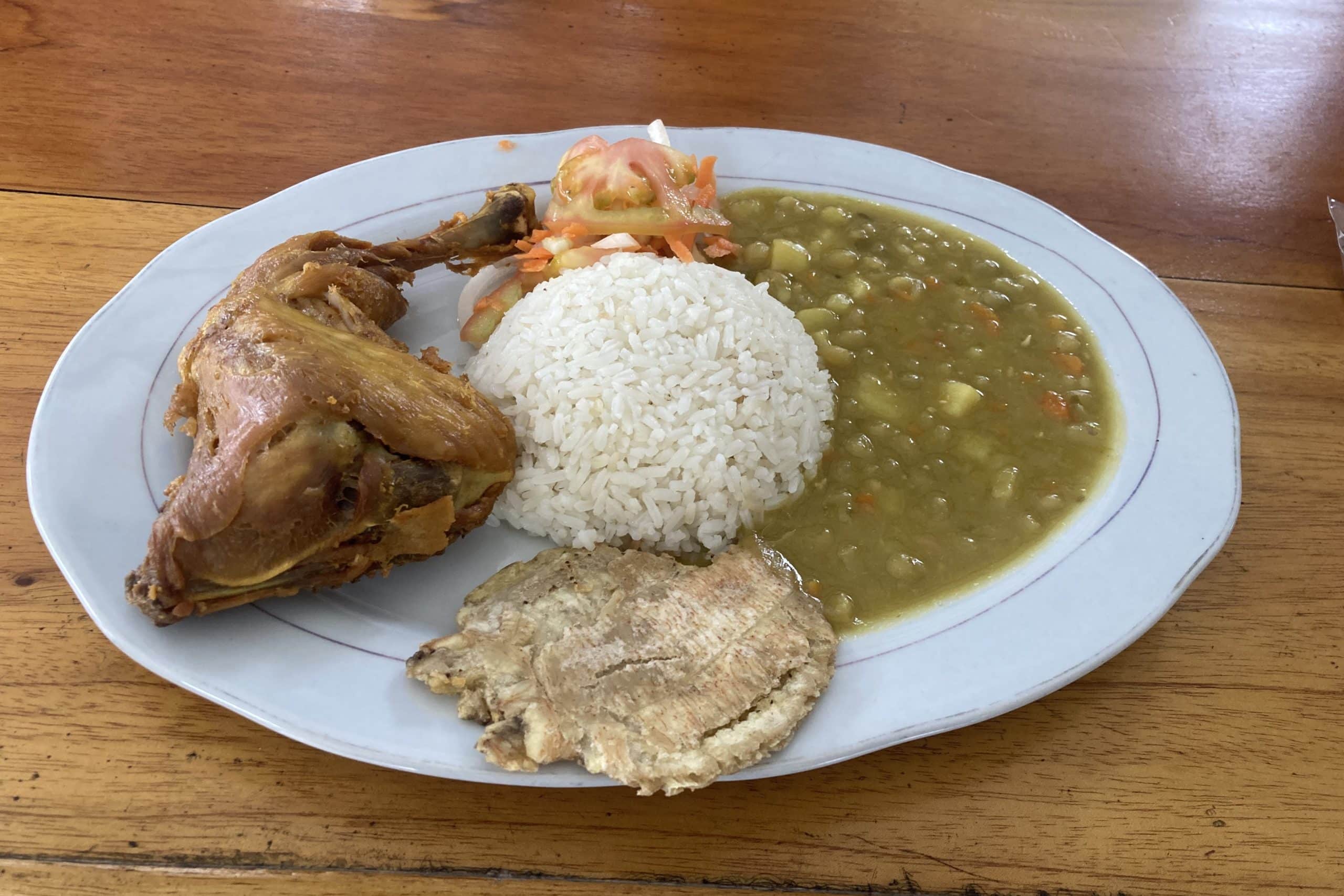
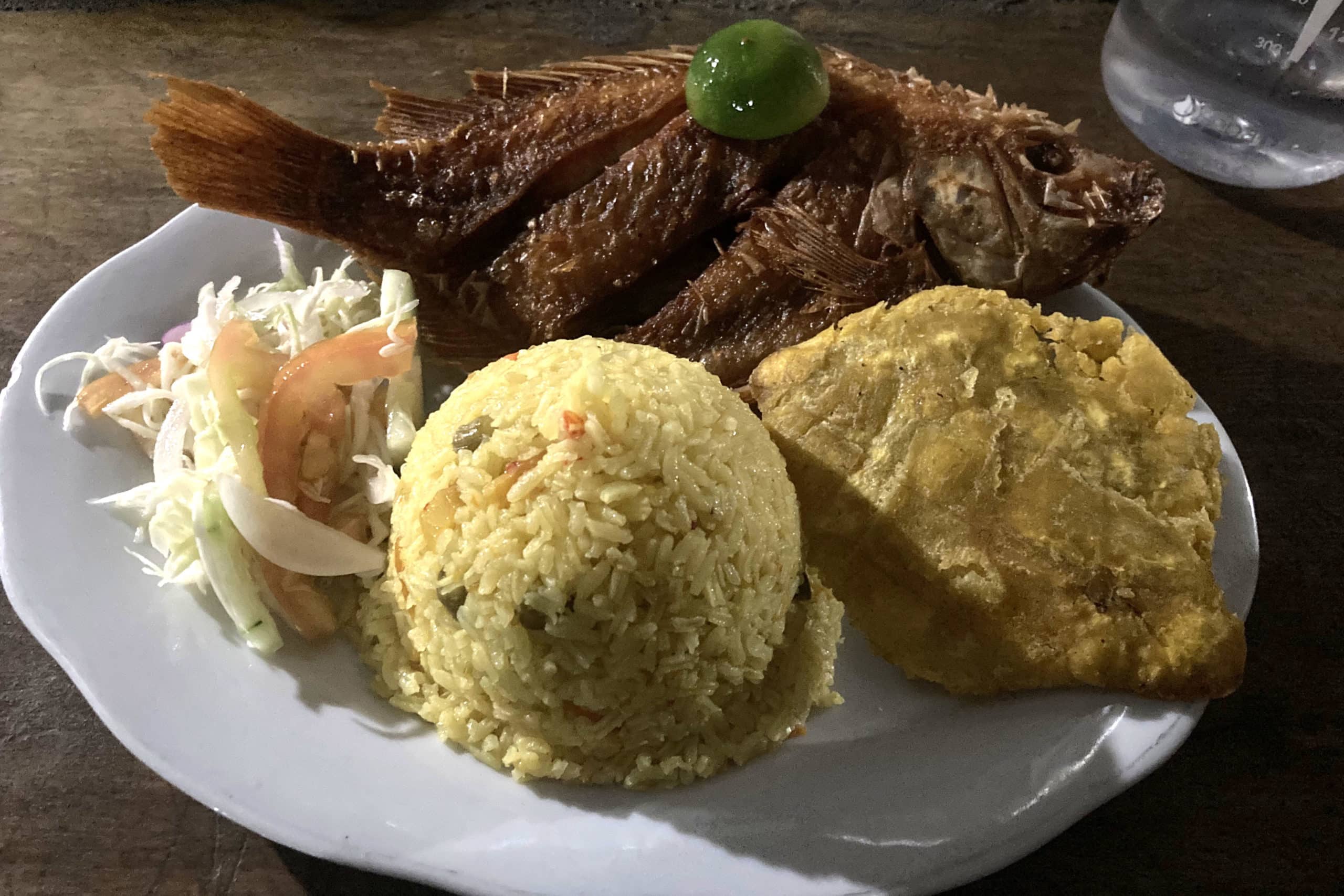
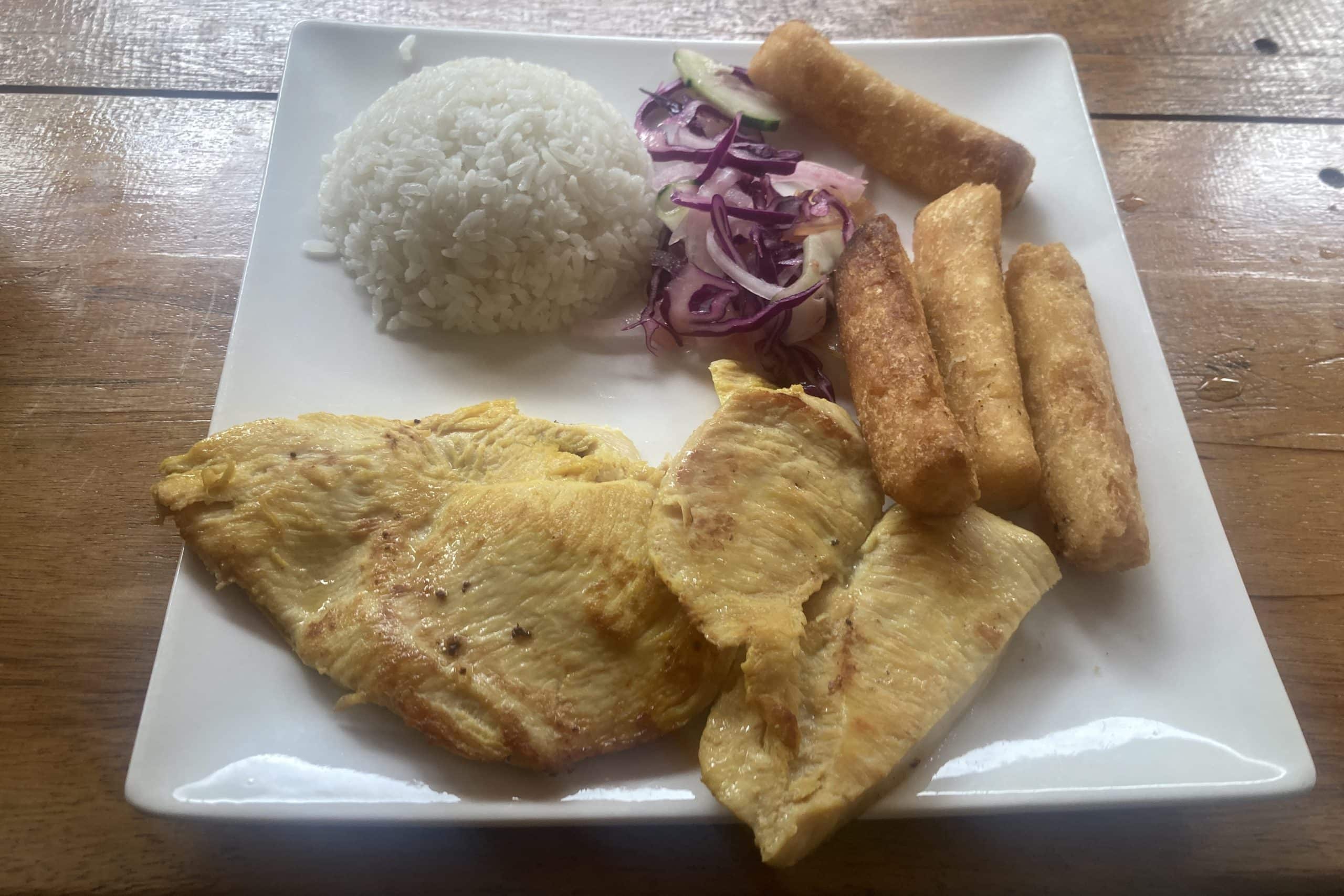
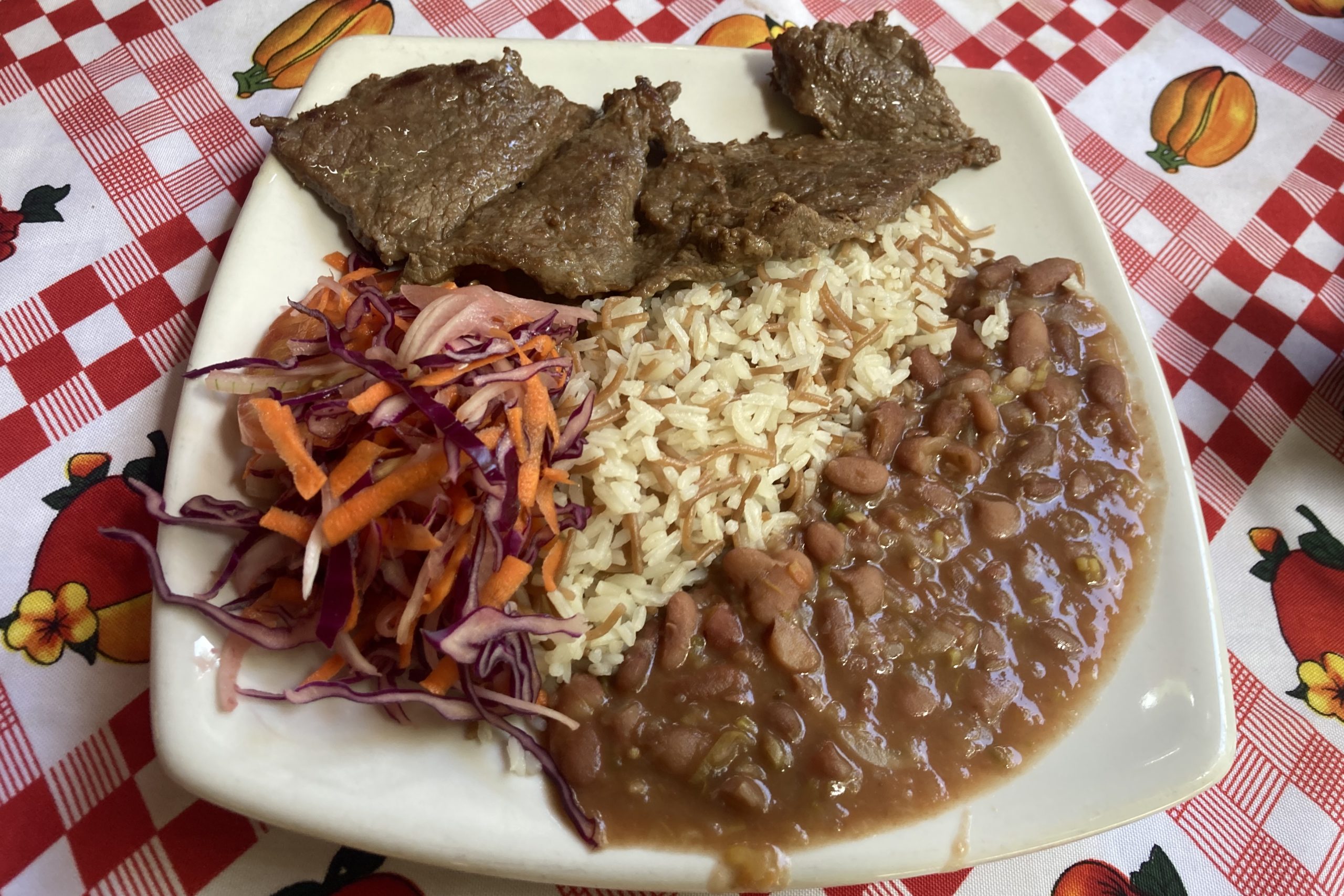
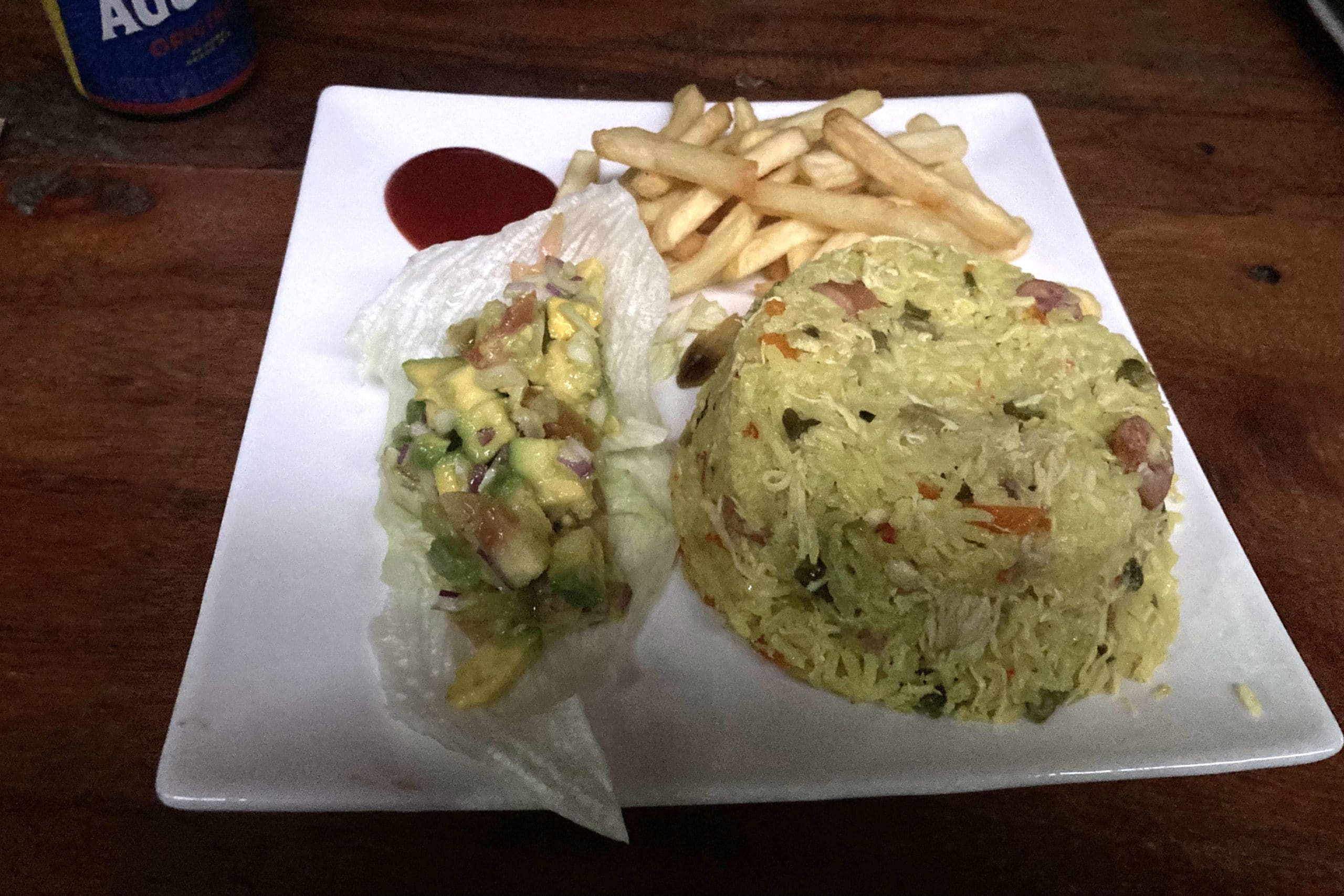
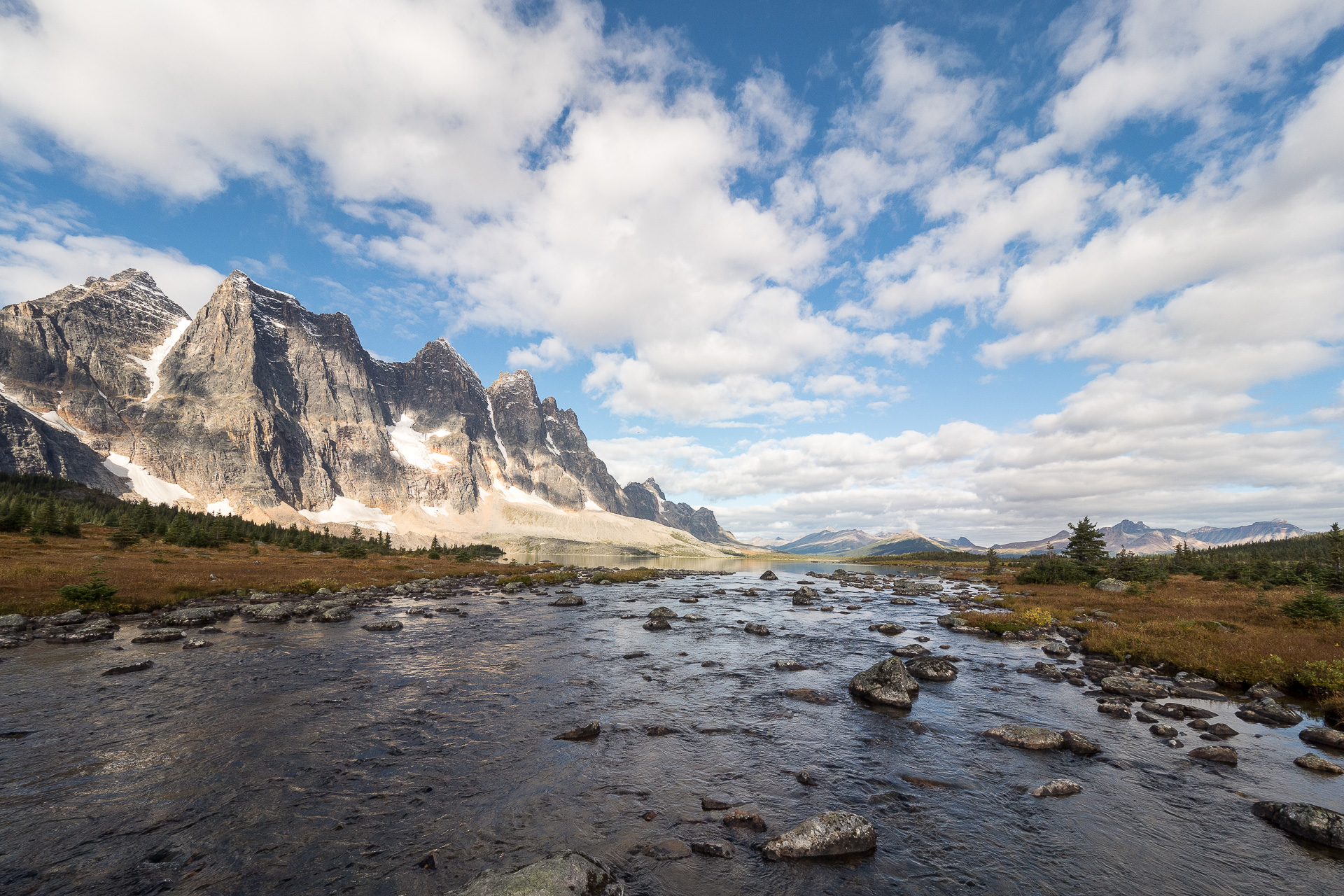
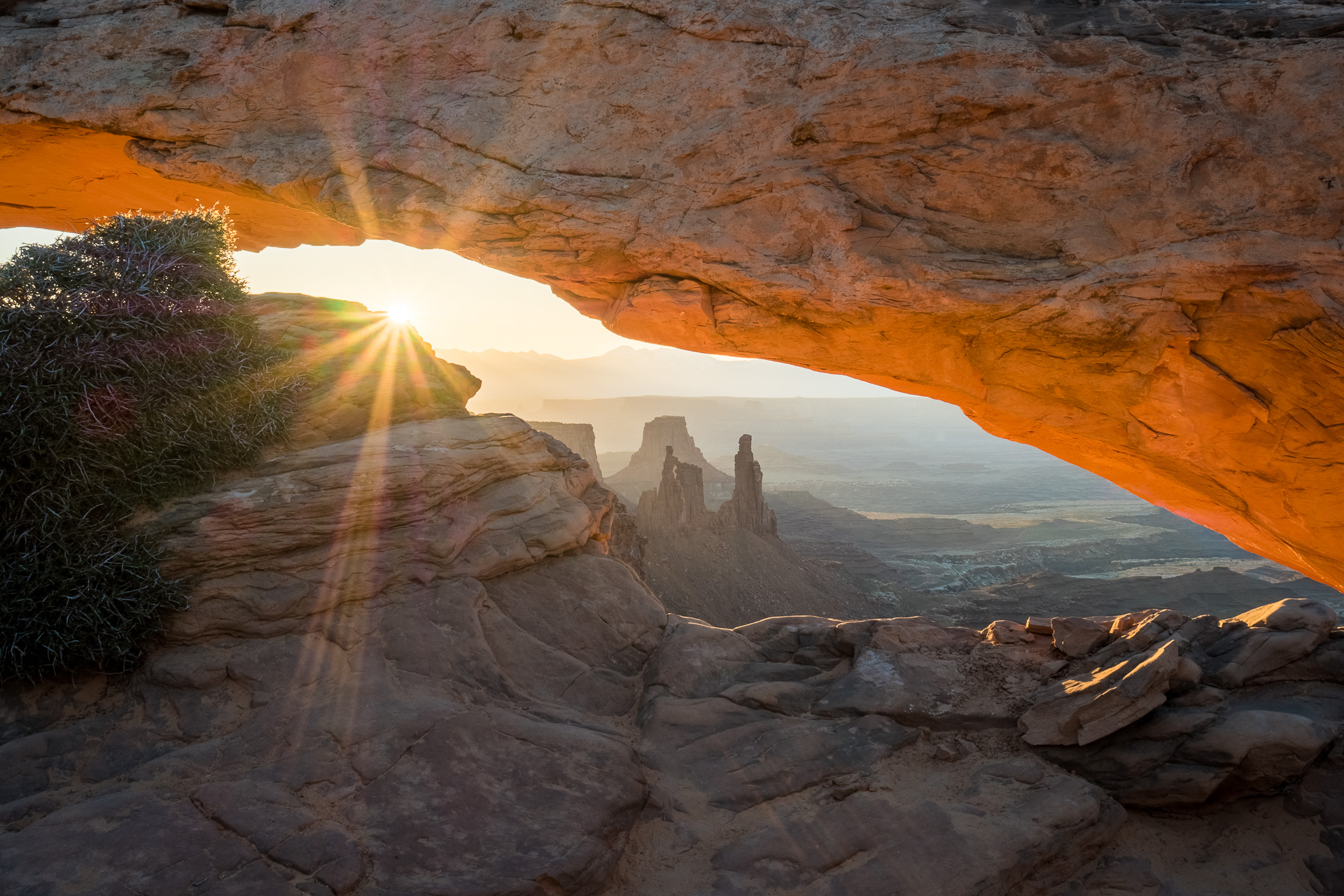









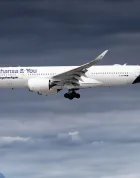

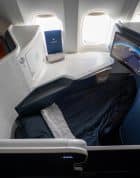


Nice post, looking forward to that hike one day.
Excellent write-up Josh, was looking forward to this and it was worth the wait.